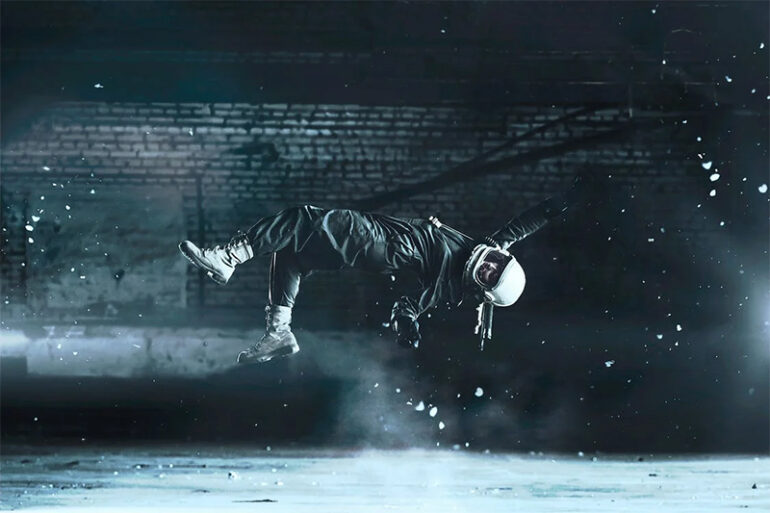Photography has a wide variety of subtypes, among them, action photography is a genre that covers any fast-moving object from the quick and snappy movements of sports up to the sudden jolts of wildlife. In comparison to other types of photography, action photography can be a more difficult skill to hone due to the reflexes needed to get a perfect shot of a moving object. In addition, there are several variables that must be considered when shooting subjects that are constantly changing such as using the right tools and equipment, shot composition, and a keen eye for the slightest movements. All these skills and equipment can affect the final product, so learning how to use them best will be essential.
History
Eadweard Muybridge is a pioneer in photography who was able to create technology that would be quick enough to capture objects in motion. Later, he went on to create a cycle of movement and even, later on, built the technology for moving pictures. Moving on, in 1878, Muybridge produced a new technology that made taking photos rapidly possible by using electric triggers that help aid the camera when releasing the shutter. And from this technology being improved and renewed, action photography was born.
Equipment
Before capturing any action shots, getting the right equipment for the job is essential. First, and perhaps most importantly is a well-built high-speed camera. A few of the common features to look out for are models that have excellent auto-tracking software, continuous shooting capability, and good ISO performance. Second is the lens, a suitable lens for action photography are telephoto lenses, these lenses usually come with a focal length between 70 – 300 mm, making them ideal for taking pictures from far away. The third is a tripod, tripods can help keep shots stable by keeping them in one place, this can be particularly helpful when taking photos from afar and the slightest movement can take the subject out of frame.
Tips
When tracking fast objects, it is best to pre-focus to save time and get more photos. Furthermore, knowing the shutter lag of a camera model can be helpful when learning when to press the shutter button. After considering the shutter lag, follow the subject while taking burst photos, instead of singular photos to find the best shot there is. Another tip is to try incorporating motion blur. Motion blur can create more interesting photos that separate the background from the foreground of the picture to emphasize the focus on the subject.
Since photography was first introduced, photography has continued to expand and grow. Today, there are countless tools available for capturing, producing, and sharing photos. The humble beginnings of photography help the art form stand out from others; it is something that is simple when explained but technical when done in practice. Action photography is capable of showing just how much impact there is within the movement. It can show power, vivaciousness, and force yet also enrapture gentle and soft movement. A photo that is able to capture any of these qualities is able to show a new side of the true capability of nature, and action photography is to thank for this.
Photo Attribution:
1st and featured image by https://www.pexels.com/photo/action-adult-art-beauty-267961/
2nd image by https://www.pexels.com/photo/man-sitting-near-camera-2488717/
Gergalova, A. (2022, February 28). Action Photography: 7 Pro Shot Tips & a Rundown of Essential Gear. https://academy.wedio.com/action-photography/
Kumar, K. (n.d.). BEGINNER TIPS FOR SHOOTING ACTION PHOTOGRAPHY. https://www.picturecorrect.com/beginner-tips-for-shooting-action-photography/
MasterClass. (2021, June 8). Action Photography Guide: 6 Tips for Shooting Moving Subjects. https://www.masterclass.com/articles/action-photography-guide
National Inventors Hall of Fame. (n.d.). Eadweard Muybridge. https://www.invent.org/inductees/eadweard-muybridge

